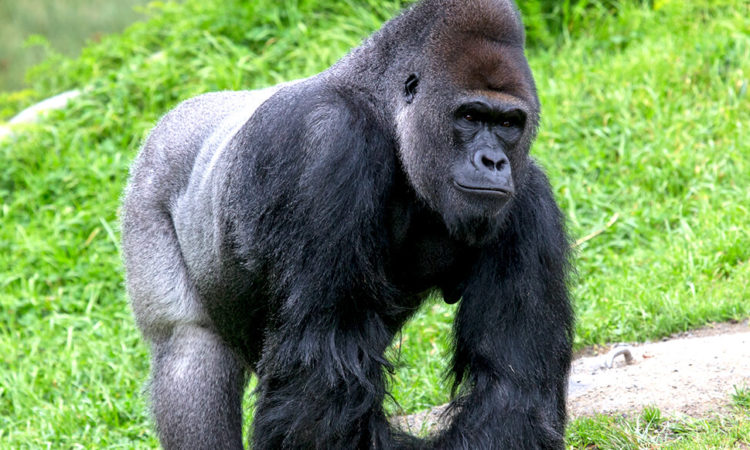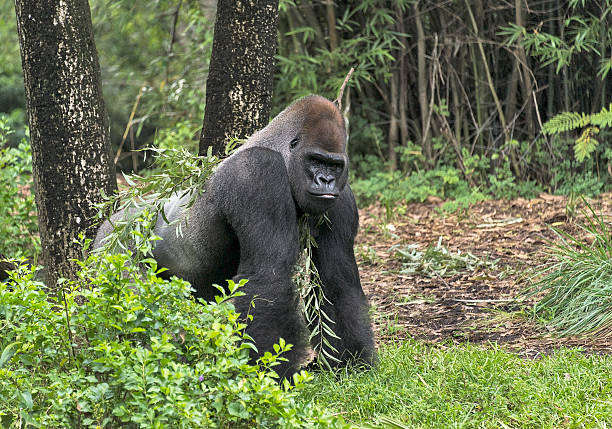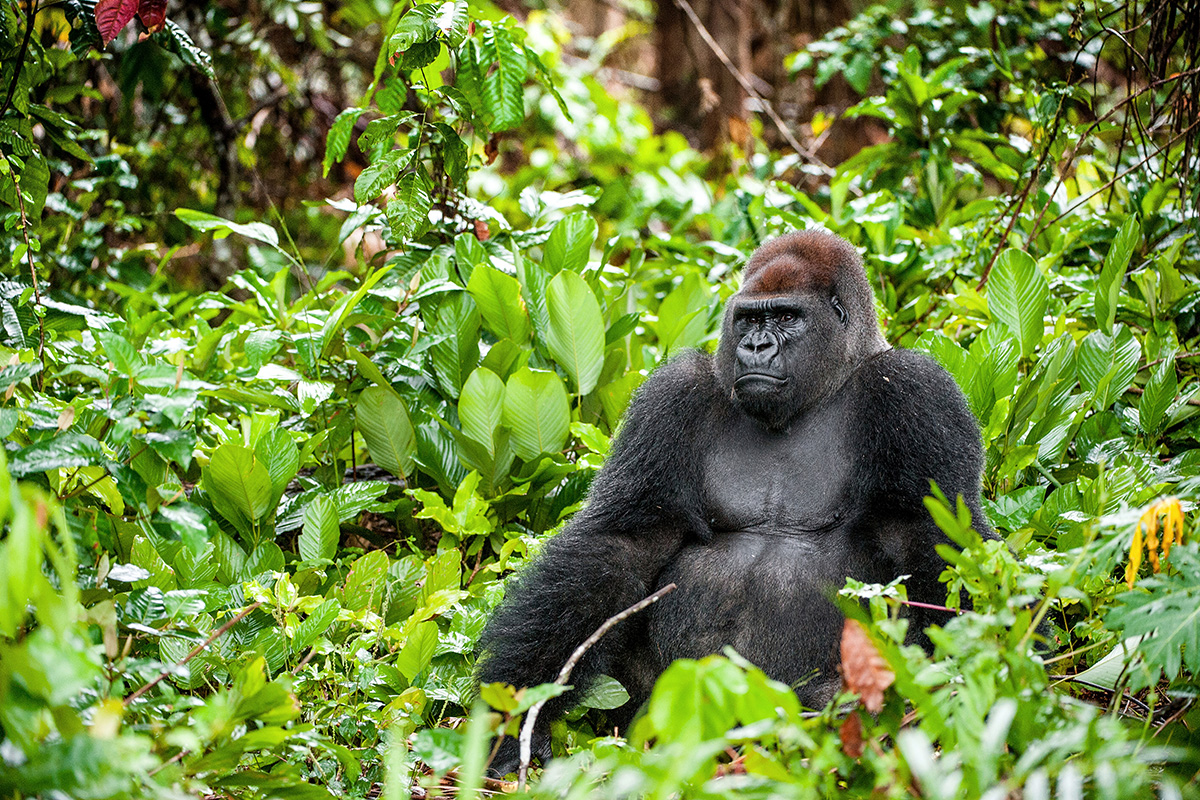
Western lowland gorillas
Western lowland gorillas are a sub species of the western gorilla species of the gorilla genus and these are just one of the other 3 gorilla sup species. The 3 other gorilla sub species are the mountain gorillas, the eastern lowland gorillas and the cross-river gorillas. The western lowland gorillas are the most in number among these gorillas and also the most commonly spotted in a number of places.
The western lowland gorillas despite their common presence are still considered critically endangered as their conservation status. The western lowland gorillas are the smallest of the gorilla genus even if the gorillas are the largest apes. The western lowland gorillas are a native species of the Congo basin. The western lowland gorillas can be found in the Democratic republic of Congo, the Republic of Congo, Gabon, Equatorial Guinea, Cameroon and the Central African Republic. The exact population is not known as they live in the most remote and dense rain forests of Africa.
The western lowland gorilla just like the other gorillas have a unique identifier and this is the nose prints which is different for every gorilla.

Physical
The western lowland gorilla has a black coat of fur all over their body. They appear to have a grey to black or black to brown hair color whole body excluding the face, the feet and the hand palms. The western lowland gorillas are seen to have a more brown/ reddish color which identifies them from the other gorilla sub species.
The young ones have a white tuft of hair on their lower back familiar to that of the older silverback males. That of the young ones is more of a patch but the silverbacks have white hair across the lower back up to the upper hips for some. The females also tend to have some greying as they age below the ears, towards the neck and to the top of the head.
The skull of the western lowland gorillas is wider and bigger compared to that of the mountain gorilla despite their smaller size and the big toe of the western lowland gorillas is further apart from the other toes.
In terms of size, the male western lowland gorillas are larger than the females and the male’s weight ranges from 300 pounds to 500 pounds which is approximately 136 to 226 kilograms while the adult female will weigh about 150 pounds to 200 pounds which ranges about 113 kilograms. The average height of the male gorilla ranges around 6 feet when upright and 4.5 feet when upright for the females.
Habitat
The western lowland gorillas are natives of the Congo Basin and these are spread out to the countries in this boundary. These countries are the Democratic republic of Congo, the Republic of Congo, Gabon, Equatorial Guinea, Cameroon and the Central African Republic but the previously existent population of the Democratic republic of Congo are said to be extinct.
The western lowland gorillas have maintained their boundary in the Congo basin and have not crossed over to the habitats of the other gorilla species. They are heavy animals and they tend to stay on ground and move a distance of about 9 to 14 square miles within their family range and not crossing to other family areas.
Eating habits
The western lowland gorillas are herbivores and these majorly feed on plants, the leaves, the shoots, the stems and the roots as well as some fruits occasionally. They also eat some small insects found on the plants for the protein and they are estimated to eat about 45 pounds of food per day for the males while the females eat less by a third of that portion.
Social structure
The western lowland gorillas live in groups and these can have up to 30 gorillas and these tend to live in smaller groups of about 5 members only. These groups are led by a silverback gorilla who leads the other family members. The adult female will leave her birth group to find a mate out of the family and this can be done as often as can be.
The silverback dominant gorilla has mating rights with all the females of the group and he is the “father” of the family.
]

Reproduction
The gestation period of the gorilla is eight months and a half giving birth to one offspring weighing about 2 kilograms and sometimes these gorillas have birthed 2 babies, twin baby gorillas. The female is sexually ready at 6 to 9 years of age with the first baby coming in at 10 to 11 years.
The male gorilla gets sexually mature at the age of 8 to 12 years even if they are not fully physically grown.
Lifespan
They can survive in captivity and these are the ones you will see in the zoos and in captivity can live up to 50 years while in the wild, they will live for less about 30 to 40 years because of the less monitoring and protection as in captivity.


